How to protect strawberries and strawberries from gray rot? What if the plant is already infected?
All of us gardeners, gardeners, know how dangerous gray rot on strawberries and strawberries is. In rainy summers, even in rare and well-ventilated plantings, this disease destroys most of the crop. The very first and largest berries often suffer.
The biology of gray rot fungi
The causative agent of gray rot is fungi of the species Botrytis gray. They live in the ground and on plant debris. There are forms that can winter. These microorganisms are highly resilient, retain the ability to grow and multiply for 2-3 years, even in adverse conditions.
Gray mold spreads well in rainy and cool weather. Spores are carried by the wind and require drops of moisture to germinate in tissue.
Scientists have found that the disease affects plants from 45 different families, that is, most of the terrestrial flora. However, gray rot, for example, of cabbage, does not spread to grapes, that is, botrutis is divided into races, each parasitizing on a particular plant.
It is noteworthy that the fungus is absolutely safe for living cells, a fertile soil for it is the wounds on the plants and their dead parts.
Gray rot is most often transferred to strawberries from the soil, but spores can settle on dried flowers. Having fixed in a damp place on dead tissue, the fungus begins to secrete its waste products - toxins. They damage neighboring healthy areas, they die off, and spores populate them. So the disease progresses and captures more and more large areas.
Symptoms of gray rot
Unfortunately, we discover the disease too late, when we pick berries and find a lot of rotten, softened, covered with gray fluff. In the meantime, the damage caused by fungi can be reduced by detecting symptoms and starting treatment well before harvest.
In a temperate climate typical for Russia, gray rot begins to develop in the spring:
- First, the leaves touching it are infected from the ground, gray-brown spots appear on them.
- The disease from the lower tiers passes to the upper ones, spots appear on the petioles and peduncles.
- Strawberries and strawberries begin to rot from the stalk.
Weakened bushes that have not endured the winter well or do not receive proper care suffer the most: they are overgrown with weeds, they are not watered, not fed, and are inhabited by pests.
Prevention of gray mold
It is easier to prevent any disease than to cure it later. Therefore, to prevent gray rot, it is worth taking measures in advance:
- Grow varieties that are resistant to fungal diseases.
- In the spring, before flowering, and in the fall, after harvesting, treat the plantings with fungicides (Bordeaux mixture, HOM, Skor, etc.).
- Regularly remove lower leaves that are stained and speckled.
- Move the strawberries to a new site every 3-4 years. Moreover, it is not necessary to replant old bushes, but young seedlings obtained from 2-3-year-old strongest bushes.
- Before planting, disinfect the sockets in warm water (+ 40-50 ° C) or a solution of potassium permanganate (1 g per 10 l of water), copper sulfate (1 tbsp. Per 10 l). Stay tuned for new products. More effective modern preparations for dressing planting material, as well as stimulants that can increase plant immunity, are constantly on the market.
- Be sure to remove torn leaves, torn weeds, rotten and deformed berries from the beds.
- Lay dry mulch under the pouring berries. Coniferous litter, which can be brought from the forest, is well suited for this.It has bactericidal properties. Flower stalks of large-fruited garden strawberries and strawberries can be tied to trellises or special supports, which are sold in gardening stores.
- Take care of your strawberries, don't let them grow into dense thickets, water them in the heat and feed them regularly. Healthy bushes are distinguished by strong immunity, they are less affected by gray rot.
- Treat bushes with insect pests. They damage tissues, carry fungal spores, suck juices from plants, and with them vitality.
By following these measures, the risk of gray mold infection can be minimized. If the disease was discovered during ripening and many berries have already rotted, then radical methods of struggle are needed.
Fungicides to combat gray mold
Wherever gray rot develops - on strawberries, cabbage, grapes, root vegetables or houseplants - the treatment will be the same. Fungicides are used for it.
Popular drugs for fungal diseases and dosages:
- Bordeaux mixture dry (1% aqueous solution) or Bordeaux liquid Avgust - 250 ml per 10 liters of water;
- HOM - 40 g per 10 liters of water;
- "Speed" - 2 ml per 10 liters of water;
- "Horus" - 2-3 g per 10 liters.
Chemical preparations for gray rot without harm to health can be used only before flowering and after harvesting. It will be necessary to spray during these periods 2-3 times with the interval indicated on the packaging of the drug (usually it is 7-10 days).
How to deal with gray mold without chemicals?
An effective but laborious way to combat any disease is the mechanical removal of foci of infection:
- Collect all affected berries, burn or put in a tight bag and take to the trash can. Do not scatter them all over the plot, do not put them in a compost heap.
- After harvesting diseased berries, water the plantation with a bright pink solution of potassium permanganate.
With a strong infection, potassium permanganate may be useless. Use biological preparations for gray rot:
- the time-tested "Fitosporin";
- recently became popular and affordable "Trichodermin".
They contain beneficial microorganisms, which, once in the garden, begin to actively feed, multiply, and secrete substances that suppress the development of pathogenic fungi. The causative agents of gray rot, finding themselves without food and in unbearable conditions, die.
Fitosporin is available in different forms:
- For busy gardeners, the drug is sold in powder, which is easily diluted in water (10 g per 5 l of water). The volume of the sachet is designed for one treatment.
- Thrifty gardeners prefer to buy pasta. It takes a lot of time and patience to dissolve it in water. But if you use not the whole plate at once, but in parts, then it will be enough for 2-3 seasons. For spraying or watering on 10 liters of water, add 2 tbsp. l. working solution from the paste.
"Trichodermin", "Trichoderma", "Tricoflor" and other drugs with similar names are sold in powder and liquid form. Some are brought in for digging or during loosening, others are diluted in water. Solutions are used for spraying and dressing. For example, "Trichoderma Veride" for the fight against fungal diseases is diluted at the rate of 30 g per 10 liters of water, you can spray the plants several times per season.
Be sure to check the dosage and frequency of drug addition, read the instructions.
Gray rot on strawberries is a dangerous disease, but it can be defeated and even prevented by paying more attention to the plants. Take care of them, remove damaged leaves and berries in time, do not allow the plantings to thicken. The bushes should be well ventilated and dry well after rain and watering. And if the disease has begun, then during fruiting, use harmless biological products, and after collecting the last berries, be sure to treat it with a fungicide.
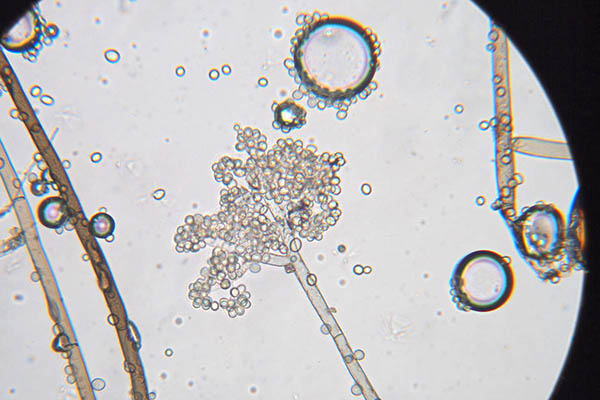

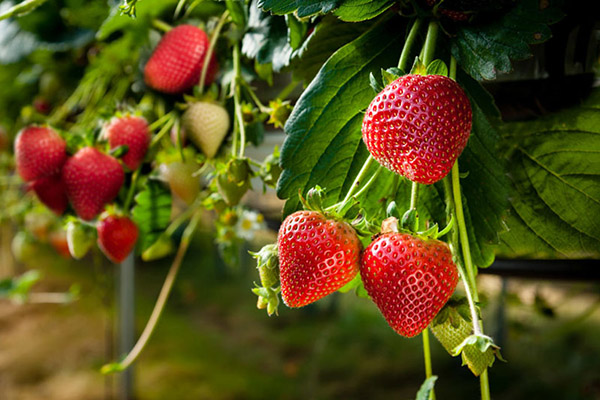
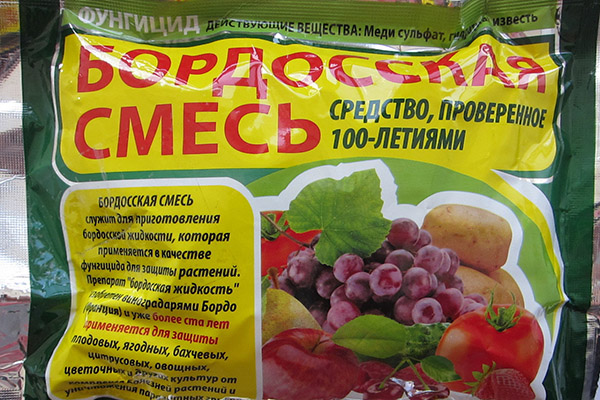
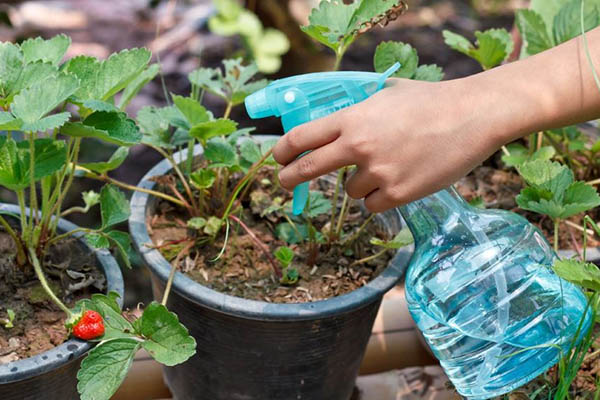
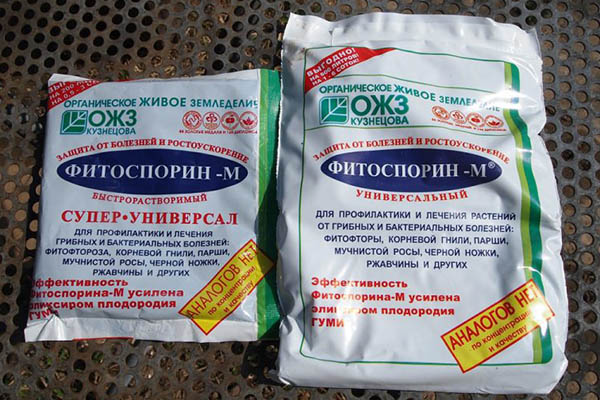
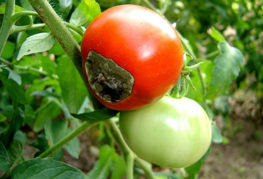
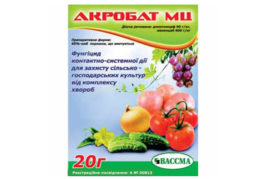
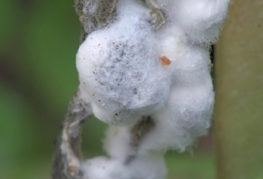
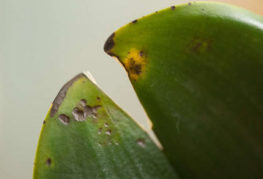
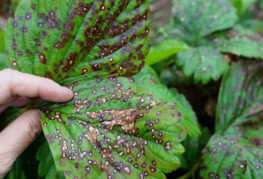
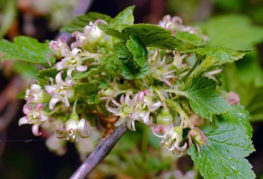
and will be published shortly.